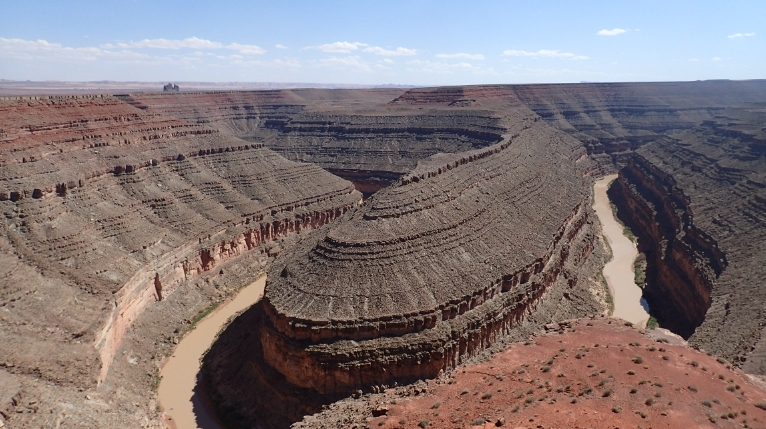Diastrophism, or the movement of Earth’s crust, is driven by powerful forces beneath the surface. But what exactly causes these shifts to occur? Let’s dive into the various factors at play in unraveling the mystery of diastrophism.
Tectonic Plates in Motion
The primary driver of diastrophism is the movement of tectonic plates. These massive pieces of Earth’s crust float on the semi-fluid mantle below, causing them to shift and collide with one another. This movement can result in the formation of mountains, valleys, and other geological features.
Volcanic Activity
Another key factor in diastrophism is volcanic activity. When magma from deep within the Earth’s mantle rises to the surface, it can create new landforms and reshape existing ones. The deposition of lava and ash can also contribute to the shifting of Earth’s crust.
Folding and Faulting
Folding and faulting are common processes associated with diastrophism. Folded rocks can be seen in mountain ranges where layers of rock have been bent and deformed by tectonic forces. Faulting occurs when rocks break and move along a fault line, leading to the formation of earthquakes and other seismic events.
Erosion and Weathering
While diastrophism is largely driven by internal forces, external factors like erosion and weathering also play a role in shaping Earth’s crust. Over time, the effects of wind, water, and ice can wear down landforms and redistribute sediment, leading to further changes in the landscape.
Human Activities
In recent times, human activities have also had an impact on diastrophism. Factors like mining, drilling, and the construction of dams can alter the natural forces at work in the Earth’s crust, leading to localized shifts and changes in the environment.
In conclusion, diastrophism is a complex process driven by a combination of internal and external forces. By understanding the various factors at play, we can gain a deeper insight into the mechanisms behind the shifting of Earth’s crust and the formation of the diverse landscapes we see today.

